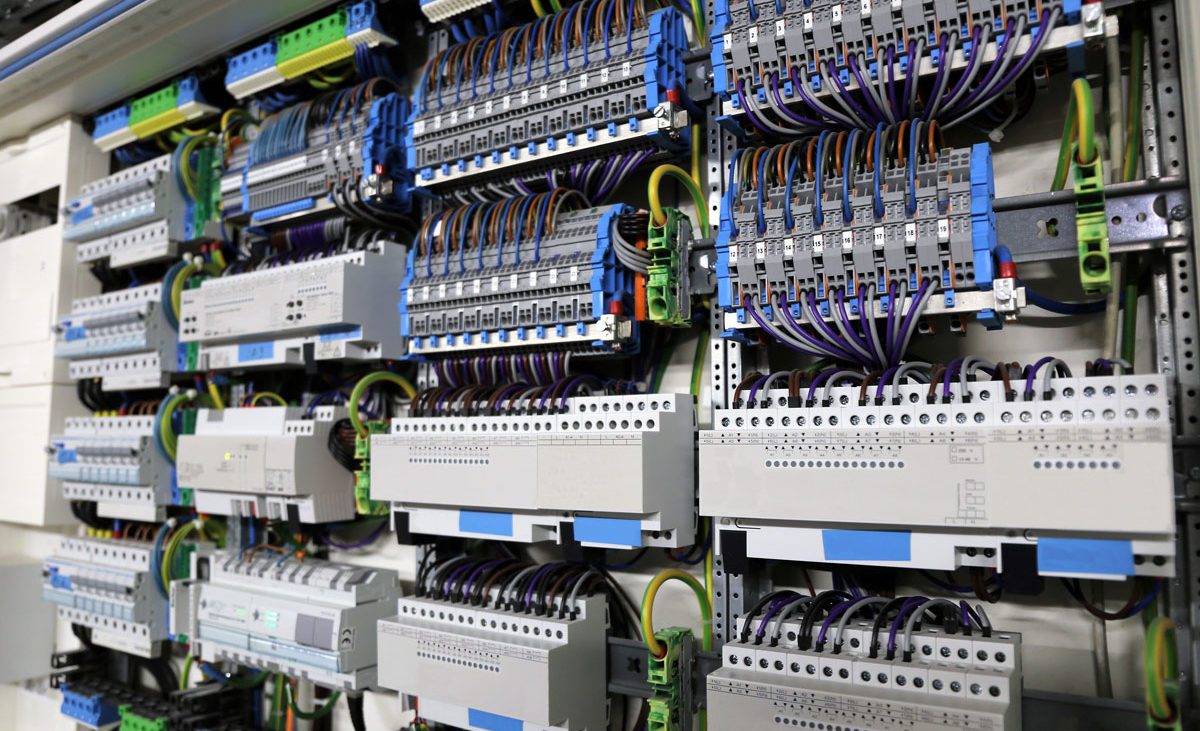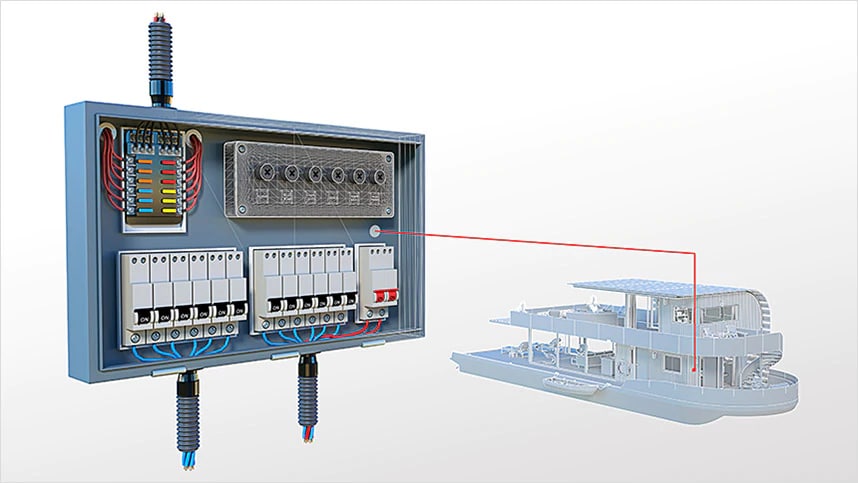Ingenious Electric Design Services for Modern Infrastructure
As urban environments grow progressively intricate, including modern technologies such as smart grids and sustainable power resources ends up being vital. These developments not only guarantee to maximize energy consumption yet also foster resilience against future demands.
Significance of Ingenious Electric Design
Innovative electric design plays a critical duty in modern facilities, influencing not only performance but additionally sustainability. As cities progress and the need for power boosts, the need for advanced electrical systems becomes vital. These systems have to not just fulfill existing demands yet also prepare for future growth and technological improvements.
A well-executed electrical design can substantially reduce energy intake, consequently decreasing operational expenses and lessening environmental impact. By incorporating renewable power sources, such as photovoltaic panels and wind generators, cutting-edge styles can boost power self-reliance and durability. Additionally, clever grid modern technologies enable real-time tracking and monitoring of energy circulation, enhancing performance and decreasing waste.
Safety and security is one more critical aspect of electric design. Applying rigorous criteria and innovative technologies can minimize risks connected with electrical failures, guaranteeing a safe atmosphere for businesses and homeowners alike. In addition, cutting-edge styles promote flexibility, permitting infrastructures to integrate arising modern technologies effortlessly.
Secret Trends in Electric Design
As the landscape of electric design remains to advance, numerous key patterns are shaping the future of the market. One substantial trend is the integration of clever modern technology right into electric systems. The expansion of the Internet of Things (IoT) has made it possible for real-time tracking and control of electrical tools, enhancing effectiveness and promoting predictive upkeep.
One more fad is the expanding focus on modular design. This strategy allows for scalable and flexible services, enabling infrastructure to adjust to altering requirements without considerable renovations. Additionally, making use of sophisticated simulation devices and Building Information Modeling (BIM) is coming to be significantly widespread, simplifying the design process and improving collaboration among stakeholders.
In addition, developments in materials science are leading to the advancement of lighter, extra long lasting, and energy-efficient parts. This development is specifically vital for high-performance structures and facilities projects.
Finally, there is a marked change in the direction of data-driven decision-making - residential electrical design. Leveraging data analytics aids developers enhance systems for performance and cost-effectiveness. Together, these trends signify a transformative period in electrical design, enhancing capability, sustainability, and strength in modern framework
Sustainable Power Solutions
Lasting power options are progressively becoming a vital focus in electrical design, mirroring a more comprehensive commitment to ecological obligation and resource efficiency. These remedies intend to lessen environmental effect while optimizing power consumption in different facilities, from residential buildings to huge commercial centers.
One of the leading techniques entails the combination of renewable resource resources, such as photovoltaic panels and wind turbines, right into electrical systems. This not only minimizes dependence on nonrenewable fuel sources but additionally improves energy durability. In addition, innovative energy storage space systems, such as advanced batteries, make it possible get redirected here for reliable administration and circulation of energy, ensuring that surplus energy generated throughout top manufacturing can be made use of during high need durations.
Furthermore, energy-efficient design practices are being embraced to boost overall system performance. This consists of using energy-efficient lighting, heating and cooling systems, and smart building modern technologies that keep an eye on and adjust power usage based upon tenancy and environmental problems.
Smart Grid Technologies
The application of sustainable energy options naturally brings about the expedition of smart grid technologies, which play a critical function in improving electric systems. Smart grids leverage progressed interaction modern technologies and information analytics to boost the dependability, effectiveness, and sustainability of power distribution. By incorporating digital modern technology with standard grid infrastructure, these systems promote real-time tracking, automated control, and boosted decision-making capacities.
One click over here of the crucial functions of clever grids is their capability to suit renewable power resources, such as solar and wind power. This adaptability not only reduces dependency on nonrenewable fuel sources yet also permits an extra decentralized power manufacturing model. Wise grids make it possible for demand feedback programs, where customers can change their energy usage based on real-time rates, consequently promoting power conservation and reducing peak tons demands.
In addition, wise grid modern technologies improve grid resilience by allowing quicker recognition and resolution of failures, inevitably minimizing downtime. With predictive upkeep and analytics, energies can boost and maximize operations service shipment. As cities and communities remain to advance, clever grid innovations are vital for constructing a lasting and reliable electrical framework that meets the needs of modern-day culture.

Future-Proofing Framework
To guarantee long-lasting stability and flexibility, future-proofing infrastructure is necessary in the swiftly developing landscape of electric design solutions. As technology advances and energy demands shift, it is vital that electric systems are created with versatility in mind. This involves including scalable solutions that can accommodate future upgrades without requiring comprehensive overhauls.

Furthermore, check out this site sustainability must be a foundation of future-proofed styles. Utilizing renewable resource resources, such as solar and wind, and maximizing power efficiency decrease dependency on nonrenewable fuel sources, lining up with worldwide initiatives to combat climate change.
Conclusion
By prioritizing efficiency, adaptability, and sustainability, these services address the evolving needs of energy systems. The combination of clever grid innovations and sustainable energy solutions improves durability and minimizes operational prices.
A well-executed electric design can considerably lower energy usage, therefore decreasing functional expenses and lessening environmental influence. By including sustainable energy resources, such as solar panels and wind generators, ingenious styles can boost energy self-reliance and resilience. In addition, ingenious energy storage space systems, such as advanced batteries, make it possible for effective monitoring and distribution of power, ensuring that surplus energy created during peak manufacturing can be utilized during high need durations.
Clever grids allow need feedback programs, where consumers can change their energy usage based on real-time prices, consequently promoting power preservation and lowering peak lots demands. (electrical engineering design services)
As technology advances and power demands change, it is critical that electric systems are designed with versatility in mind.